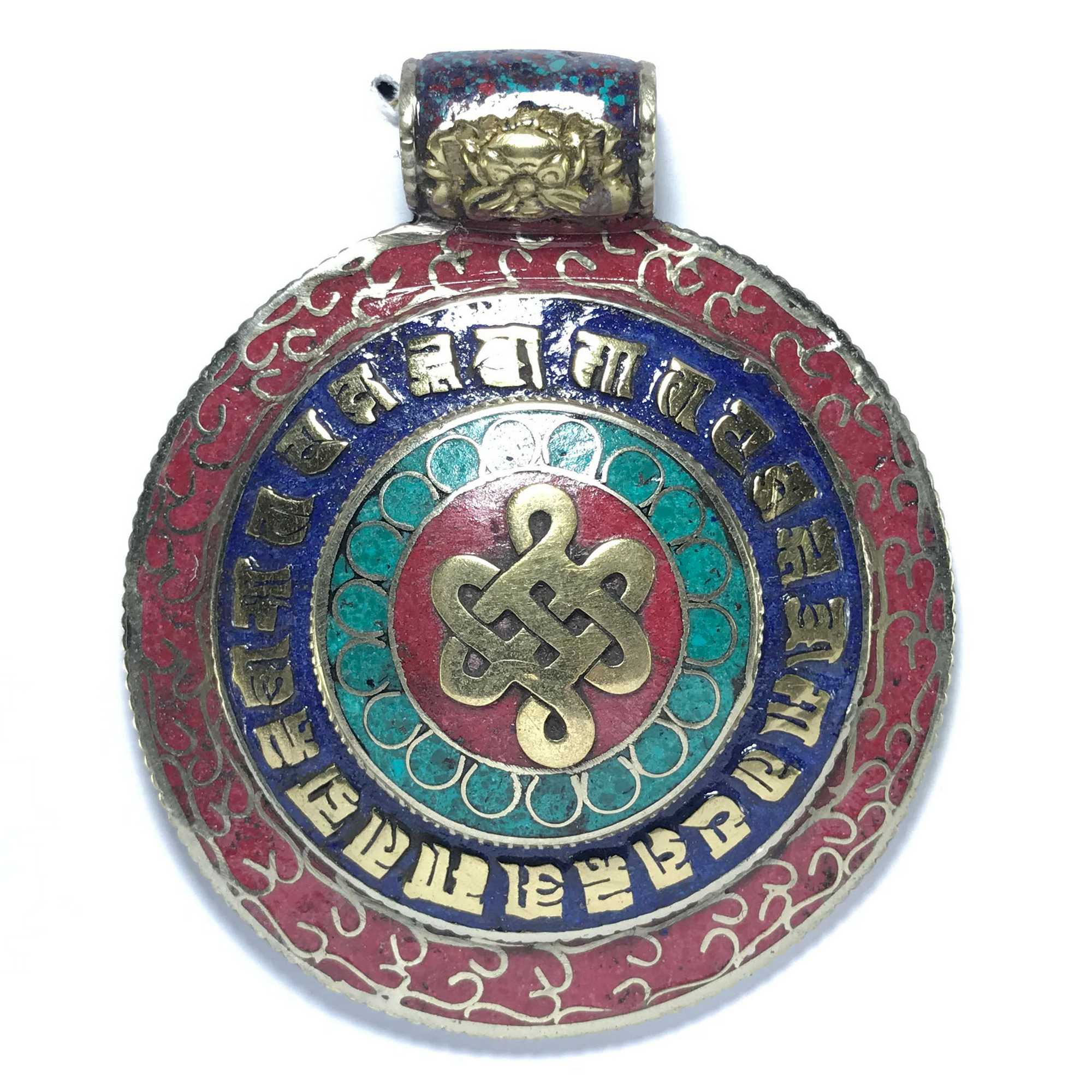Metal Pendant
A Nepali metal pendant is a traditional piece of jewelry that is crafted in Nepal using traditional techniques and materials. The pendant is typically made of metal, such as brass or silver, and is intricately designed and embellished with cultural motifs and symbols.
The design of the pendant may be inspired by Nepali culture and symbolism, with patterns and motifs that represent different aspects of Nepali life, such as nature, religion, or social customs. These designs may be created using traditional techniques, such as etching, stamping, or engraving, and may be further embellished with beads, gems, or other decorative elements.
Read More
The pendant may be worn on a chain or cord around the neck, and is often used as a statement piece or as a talisman to protect the wearer from negative energies or evil spirits. It is also commonly given as a gift to family members or friends, particularly on special occasions, such as weddings or religious ceremonies.
Overall, a Nepali metal pendant is a beautiful and unique piece of jewelry that represents the rich cultural heritage of Nepal and the skill and artistry of its craftsmen. It is a treasured possession that carries deep meaning and significance for those who wear it or receive it as a gift.
Endless knot : About Endless Knot, Srivatsa
The endless knot or eternal knot (Sanskrit: śrīvatsa; Tibetan དཔལ་བེའུ། dpal be'u; Mongolian Улзии) is a symbolic knot and one of the Eight Auspicious Symbols. It is in important symbol in both Jainism and Buddhism. It is an important cultural marker in places significantly influenced by Tibetan Buddhism such as Tibet, Mongolia, Tuva, Kalmykia, and Buryatia. It is also sometimes found in Chinese art and used in Chinese knots.
In Jainism it is one of the eight auspicious items, an asthamangala, however found only in the Svetambara sect. It is often found marking the chests of the 24 Saints, the tirthankaras. It is more commonly referred to as the Shrivatsa.
OM Mani Padme Hum : What is Om Mani Padme Hum
"Om Mani Padme Hum" is a sacred mantra in Tibetan Buddhism that holds deep spiritual significance. It is associated with Avalokiteshvara, the bodhisattva of compassion. The mantra is a powerful invocation and is believed to encompass the essence of compassion, wisdom, and enlightenment.
Each syllable of the mantra represents a specific quality:
"Om" represents the pure exalted body, speech, and mind of enlightened beings.
"Mani" symbolizes the jewel, which stands for the altruistic intention to attain enlightenment.
"Padme" means lotus and represents wisdom.
"Hum" signifies indivisibility and unity.
When reciting or meditating upon this mantra, practitioners aim to cultivate compassion, wisdom, and a deep understanding of the interconnectedness of all beings. It is believed to have the power to purify negative emotions, liberate from suffering, and lead toward enlightenment.
The mantra is often chanted, written, or inscribed on prayer flags, wheels, and stones. Its resonance and repetition are said to create positive vibrations that benefit both the practitioner and the surrounding environment.
Read More
